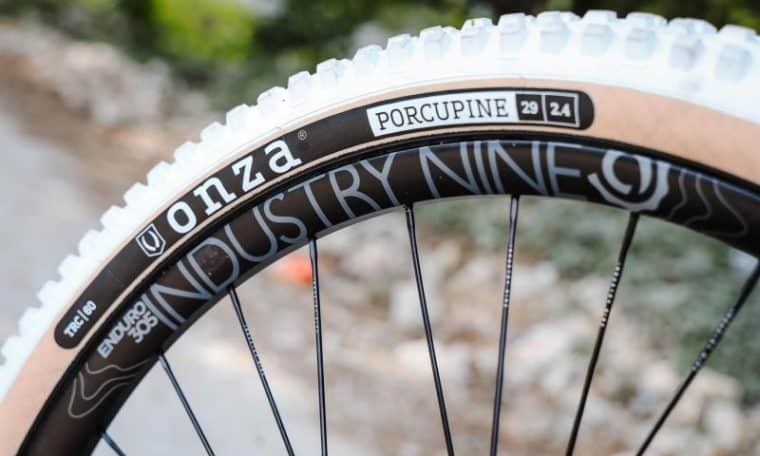
/cloudfront-us-east-1.images.arcpublishing.com/gray/XCMDOYIT3RHMDLVYWIZQO6QJR4.jpg)
When the temperature drops during the winter, it causes the molecules in the air to cool down and contract, much like with other substances. This causes pressure to be built up due to the collisions that are constantly happening with the hot molecules and the tire itself. When it’s hot outside, the air molecules in your car tire heat up and rapidly collide together. For every 10 degrees the temperature drops, the pressure in your tire drops by 1 PSI (pound per square inch). The winter does affect the tire pressure of your car tires. Does The Weather Change Your Tire Pressure? Let’s look deeper into this theory and see if it holds any truth to it. What can be done to prevent underinflated tires?.What are PSI and TPMS, and how can they be used to help with low tire pressure in the winter?.What is the recommended tire pressure in the winter?.Does this theory also extend to air, and more specifically, the air inside of your tires?.There are a few questions that we aim to understand. This goes for all things and seems to be the reason why some people are questioning.

Science says that substances such as metals, plastics, and other things expand in the heat, and contract in cold temperatures. The Theory: The Cold Makes Your Tire Lose Pressure.

This controversial issue has divided people for years, and no one can see to understand why. It’s said that the cold weather during winter is responsible for diminishing tire pressure for your car. However, some say that there is one time of year that is harder to keep up with this than the rest.
#Tire psi winter full#
One of the best things to do to protect yourself from the road hazards of winter is to make sure your tires are full and properly pressurized. These temperatures can cause some dangerous situations on the road. A gentle break-in improves the durability of studding: the studs will fit securely into place and stay on the tyres.Unless you live in the hotter parts of the United States, you will likely experience cold temperatures and weather during the year. For the first 500 kilometres (310 miles), avoid sudden acceleration and braking. Tyres marked M+S (intended for winter use) should be carefully broken in. As a result, the tyres will wear evenly and show smaller differences in wear. To prolong the lifetime of the tyres, front and rear tyres can be changed from one axle to another every 5,000–10,000 kilometres. The arrow on the sidewall indicates the rolling direction.
#Tire psi winter drivers#
In addition to correct tyre pressure, drivers should also ensure that uni-directional tyres are correctly installed on the car.

If the tyre pressure is measured inside, it will be too low for outside temperatures.Įxample: The temperature in the garage is +20 ˚C, while the outside temperature is -10˚ C à If the pressure is adjusted in the garage, the pressure added to the tyres must be 30 kPa (0.3 bar) higher than the recommended value to ensure a correct pressure level outside. The temperature in a warm garage can be up to 30 ˚C higher than outside. For winter tyres, you should inflate the tyres to 0.2 bar above the summer tyre recommendation. For summer tyres, we recommend using the vehicle manufacturer’s suggested tyre pressure. Temperature has a significant impact on tyre pressurisation.


 0 kommentar(er)
0 kommentar(er)
